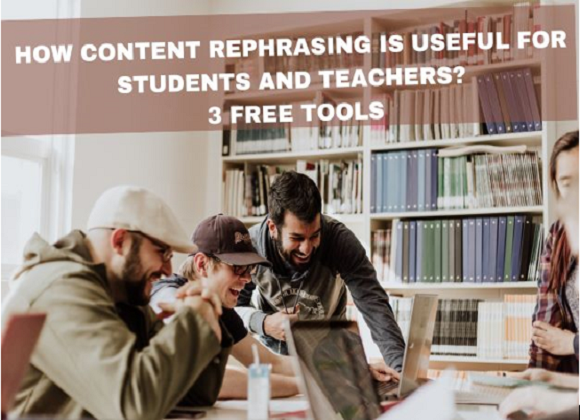Courses
Grow skills with quality courses
Paul Halmos said, “The only way to learn Maths, is to do Maths.” Any Maths teacher would second that. The students who succeed in Maths are the ones who do Maths —a lot of it!
Everyone doesn't agree
What about those students for whom logical-mathematical intelligence is not their dominant trait. Sitting day after day in a room where the language spoken is not the one which they really understand, they lose connection and consequently interest. They get labeled as - ‘weak children’. But they may be ‘strong sportsmen’ or ‘strong writers’. How about using that intelligence?
My solution
My solution is: sprinkle the Maths curriculum with non-scientific subjects, i.e., integrate Maths with English, Art, History, Sports, Music, Drama, or Geography.
For example
Write a letter to a friend explaining how to add fractions with different denominators.
Draw a tiling design using four shapes. It should have two lines of symmetry.
Present dramatically a conversation involving discount.
Search and present information about Mathematician XYZ.
Explain to a friend how to split the middle term of a quadratic equation.
Aha!
It gives the non-scientific students an entry point to relate to Maths. It gives them a sense of relief for there is something that keeps them engaged. It gives them a chance to showcase their talent. All of this leads to them connecting to the subject emotionally. That makes them ‘want to learn Maths’ for Maths classes are fun or friendly.
Which level does this work best?
Middle school, or ages 10 to 14. This is the age when Maths starts getting complex. This is also the age when the brain develops fastest and emotions are in upheaval. This is when the capacity for emotional connections is formed or de-formed for a life. So this is the age I choose to sprinkle Maths with creativity using non-scientific subject integration!
In this way, I bring them to Maths and then I take Maths to them!
About the author
| Monica Kochar started her career as a Maths teacher in 1993. She has years of experience as a Maths Curriculum Designer with leading education platforms. This write-up has been reproduced from 'Humane Maths' with the Author's consent. Any views expressed are personal. |
Comments
Recommended by Gurushala

Technology & Innovation
-By Valentina MilanovaHow Content Rephrasing is Useful for Students and Teachers? 3 Free Tools

Stories of Indian Classrooms
-By GurushalaOn the course of continuous learning- An inspiring teacher story from Pune
Related Articles
